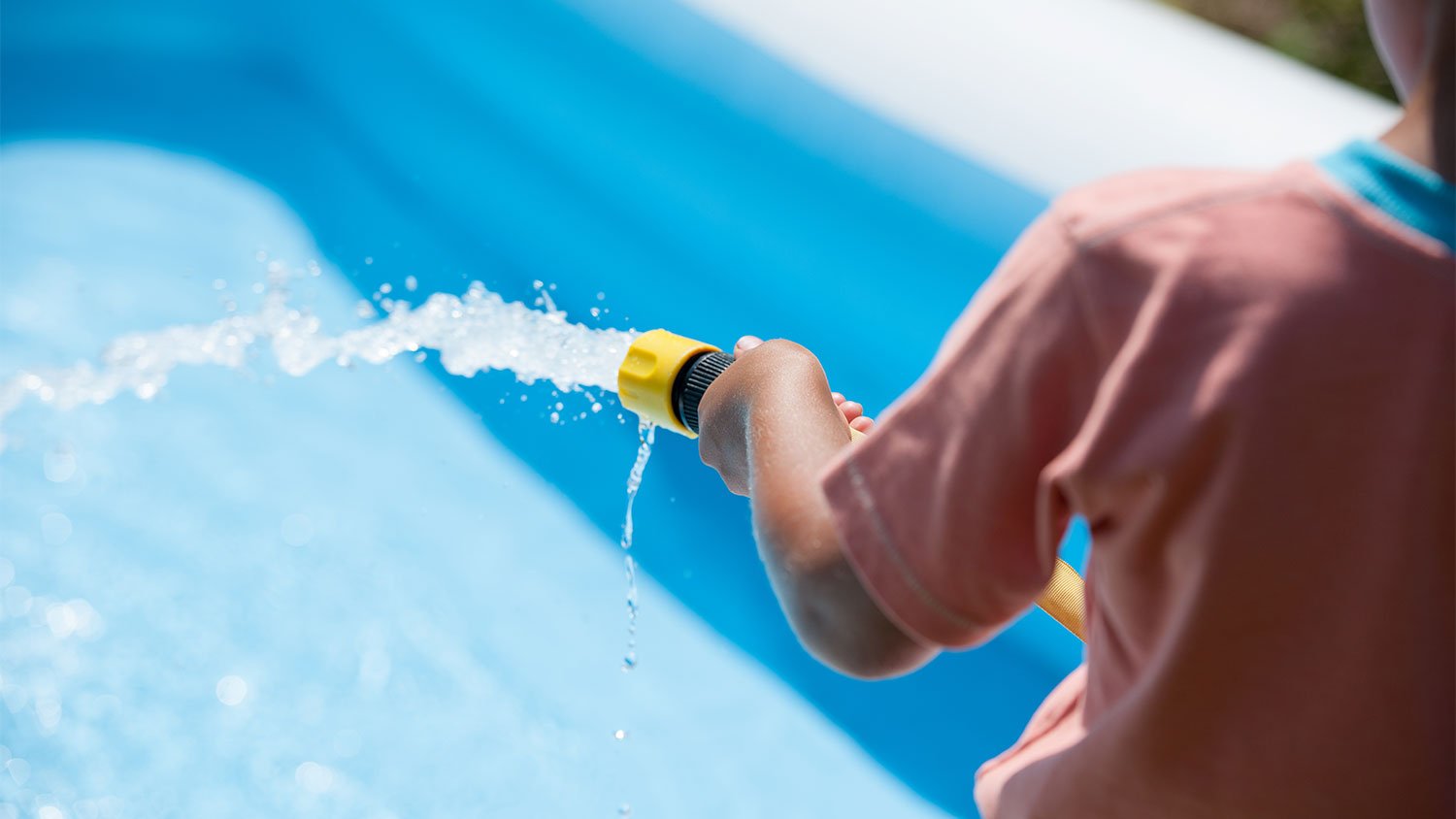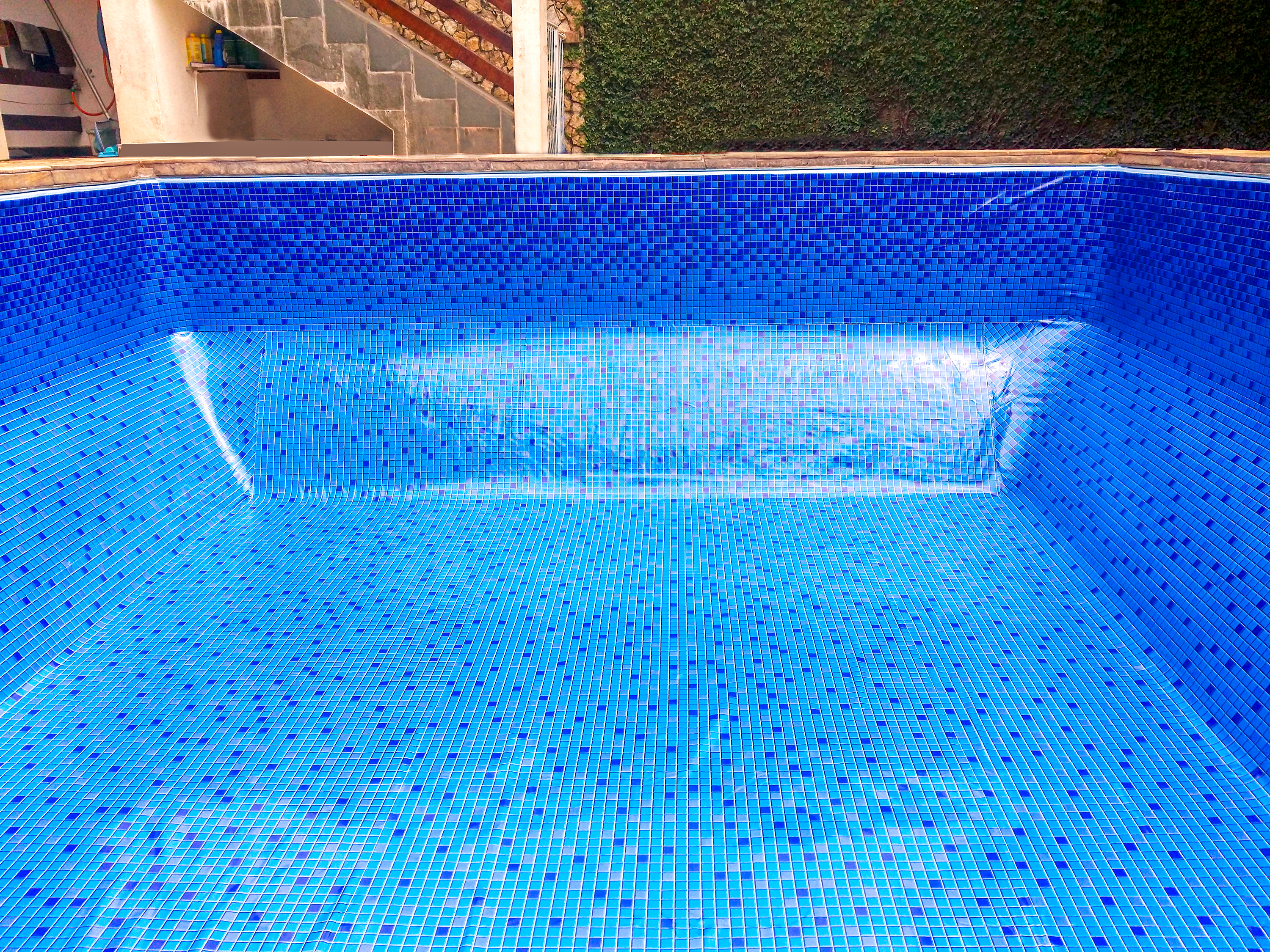
If you’ve been considering installing a new pool in the Buckeye State, this guide will help you understand inground pool costs in Columbus.
Before you make a splash, be sure your wading pool is clean


Wading pools are a fun way to cool off when the temperature skyrockets, but as the kids run barefoot through the grass or your dog hops in with muddy paws, they can get dirty fast. And unlike large inground or above-ground pools, they don’t rely on chemicals and filters to keep the water clear. Jump in for 7 tips on how to keep a kiddie pool clean, no matter how much use it gets.
| Do This | Not That |
|---|---|
| Cover the pool when not in use | Ignore floating debris |
| Scrub with gentle dish soap | Use bleach or chlorine |
| Refresh the water daily | Let sunscreen build up |
| Disinfect after accidents | Swim when you're sick |
| Let the pool dry in the sun after cleaning | Swim with dirty feet |
Whether you run inside for some lunch or it’s time to come inside for the night, make sure to cover the kiddie pool to help keep any debris or critters from coming into the pool when it isn’t occupied. Not only will this tactic keep your kiddie pool clean of debris, but it's a great childproofing pool safety tip as well. You can purchase covers made specifically for small children’s pools.
Before you fill your pool with the garden hose, you should use a scrub brush around the interior. Even if it looks pretty clean, giving it a quick scrub can help loosen any debris and help keep scum at bay. After scrubbing the kiddie pool with a brush and a little dish soap, thoroughly rinse it out with water before filling it up.

Unlike large pools, kiddie pools don’t have filters, pumps, and chemicals to keep the water moving and to remove algae growth. Stagnant water brings a host of health risks, from inviting mosquitoes to becoming a breeding ground for germs.
Especially for smaller pools, or if all the neighborhood kids are in and out of your kiddie pool, plan to change out the water at least once per day to prevent germs from spreading. The cost to fill a pool of 100 to 200 gallons is about $0.40 to $0.80 each time, or $0.004 per gallon. You may also want to reduce waste by reusing the water for plants around the yard.
Leaves, grass clippings, and small bugs might find their way into your kiddie pool throughout the day. Use a small skimmer to filter out any larger pieces of debris. You should do this chore at least once per day, but if it’s a particularly active day, you may need to skim it more than once.
Similar to vacuuming a standard-sized pool, purchase a portable pool vacuum to help suck up any small debris particles that the skimmer can’t quite catch. Make sure you use a pool vacuum or a wet-dry vacuum specifically if there’s any trace of water left, as a handheld vacuum designed for floors will put you at risk of electrocution.
Keep an extra towel handy before any wading session, and encourage kids (and adults) to wipe off their feet before dipping a toe into the pool. If you have a kiddie pool for fur children and they are patient enough, wipe their paws before letting them sit and splash in the water. This step can help minimize the grass clippings, dirt, and other debris that can muck up the water.
You shouldn’t be taking a dip without slathering on the sunscreen, but the oils from your lotions and sprays may get into the water and start building up on the bottom and sides of the kiddie pool. To keep the pool clean, you can purchase oil-absorbing balls or sponges that help absorb the oils from sunscreens and other personal care products that might get into the pool water.
Although you can scrub the build-up away with a cleaning brush, these sponges help prevent build-up in the first place. Replace the sponges every few weeks or when they start to look discolored.
Although chlorine is commonly used to keep bigger inground and above-ground pools clean, it’s usually not the best choice for a small wading pool. In fact, the CDC specifically notes that bleach and chlorine should be avoided in kiddie pools, in large part because all the water splashing out of the pool throws off the chemical balance.
Instead, the CDC recommends these tips for safely cleaning a kiddie pool:
Remove visible debris at the end of each swim
Drain and refresh the water from a kiddie pool daily
Regularly wash all surfaces and slides with a gentle soap solution
Rinse the soap solution with fresh water and allow it to fully dry
Only use a bleach solution (½ cup to one gallon of water) on a drained pool if a child poops or vomits while in the pool
Rinse off the bleach solution with fresh water
Leave disinfecting pools in the sun for at least four hours after rinsing off the bleach solution
Avoid allowing sick children to swim in the kiddie pool
Some "kiddie pools" are larger and come with pumps and filters. If you have one of those, it's important to follow the manufacturer’s specific cleaning instructions. In this case, you can also decide to hire a pool maintenance pro to discuss your safest weekly maintenance checklist.
Paige Bennett contributed to this piece.
From average costs to expert advice, get all the answers you need to get your job done.

If you’ve been considering installing a new pool in the Buckeye State, this guide will help you understand inground pool costs in Columbus.

The cost of pool liner replacement in Columbus depends on the size and shape of your pool, as well as the liner material and type. Here’s how the costs break down.

Lap pools are a great option if you're more interested in exercising than hanging out on a floatie. Learn all about lap pool costs in this guide.

Knowing how much salt to add to a pool will prepare it for use on a hot day. Use these calculations to keep your pool salt levels in the right spot.

A pool liner can protect your pool from leaks and improve its appearance. Learn more about the different types of pool liners and which is right for your pool.

If your pool heater seems to be on the fritz, check out this guide to find out if you're better off with a repair or a pool heater replacement.